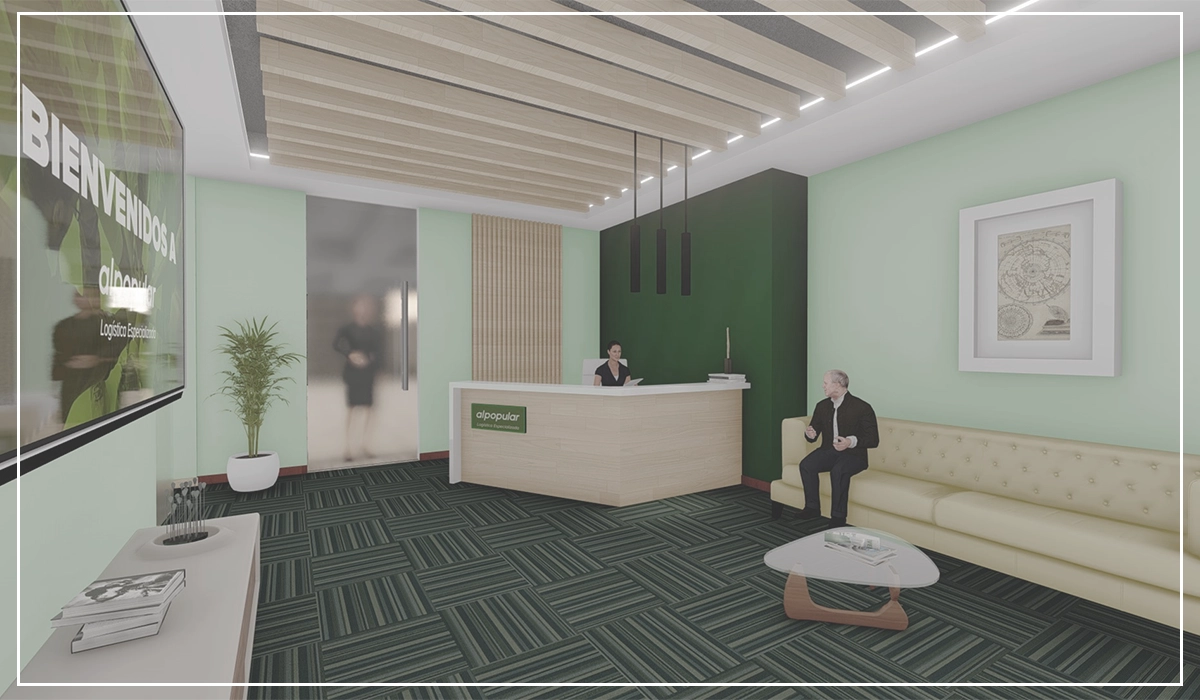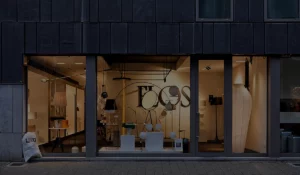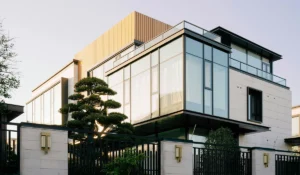| Offices Alpopular | Renovation spaces |
| | Location : Av 26 – Bogota | | Use : Corporate / 692M2 |
| | Promoter : Pentaproyectos | | Author : Arq. Javier Arevalo |
Optimization and Adaptation of Office Space for a Work Environment that is Efficient
Table of Contents
In the dynamic world of work, current, efficiency, and productivity are crucial aspects for the success of any company. One of the key elements that influence the performance of the employees is the work environment, and the adequacy of office space plays a central role in this context. In this article, we will explore the importance of the adequacy of office space, analyzing strategies and trends to optimize these environments and to foster a work environment more efficient.

What is the Importance of the Adequacy of Office Space?
The design of the office is not simply a matter of aesthetics, but that has a direct impact on the well-being of the employees and, therefore, on the productivity of the company. Spaces that are well designed can improve the morale, collaboration, and creativity of the workers. On the other hand, inadequate environments can generate stress, distractions and a decrease in job satisfaction.
Strategies for the Adequacy of Office Space
- Ergonomic Design: A crucial element in the adequacy of office space is the design ergonomic. This implies the arrangement of furniture and equipment work in a manner that conform to the physical and psychological needs of the employees. Ergonomic chairs, desks, adjustable and monitors the height of the eye are just some of the essential considerations to ensure the comfort and health of the workers.
- Open spaces vs. Private: The trend toward office space open has been prevalent in recent years, promoting collaboration and communication. However, it is essential to find the proper balance, because some workers also require privacy for tasks that demand concentration. The creation of areas, semi-open and meeting rooms well designed and can be the key to satisfy both needs.
- Integrated Technology: The integration of technology in the design of office space is essential in the digital age. Meeting rooms equipped with video conferencing systems, charging stations, built-in desks and technological solutions for the efficient management of the space are aspects that can significantly improve the functionality of the office.
- Flexible Spaces: Flexibility is a feature that is increasingly valued in the spaces modern office. The ability to quickly adapt the design and layout of the space to meet the changing needs of your business is crucial. Modular furniture, walls, mobile and multifunctional spaces are examples of elements that allow for greater flexibility in the work environment.
- Lighting and Ventilation: The lighting and good ventilation are key factors for the well-being of the employees. Spaces well lit, preferably with natural light, can improve mood and increase energy. Also, a good ventilation contributes to a healthier environment and comfortable.
- Aesthetic Design Inspiration: An environment appealing to the eye you can have a positive impact on the motivation and creativity of the employees. The choice of colours, the incorporation of natural elements and the use of works of art can contribute to creating a work environment that is inspiring.
Adapting for the future: Considerations for the Adequacy of Office Space in the Future
The future of work looming even more flexible, with an increased emphasis on mobility and virtual collaboration. The strategies of adaptation of office spaces must adapt to these emerging trends.
- Remote work and Spaces Hybrid: With the rise of remote work, companies are reconsidering the need of large spaces of physical offices. The creation of spaces hybrids that allow employees to alternate between working remotely and face-to-face is emerging as a key strategy in the adaptation of work environments.
- Technology of Virtual Collaboration: The investment in technologies that facilitate virtual collaboration will be essential. Meeting rooms and virtual platforms for online collaboration and project management tools are examples of technologies that can be integrated into the planning of office space.
- Focus on well-being: The well-being of the employees will continue to be a priority. The inclusion of relaxation areas, green spaces and mental health programs in the design of offices will be crucial to ensure that employees feel supported and motivated.
- Sustainability and Social Responsibility: The environmental sustainability and social responsibility will also be important considerations in the design of office spaces. The use of eco-friendly materials, the implementation of practices, energy efficient, and the promotion of social initiatives can contribute to a work environment that is more responsible.

Conclusion
The adequacy of office space is not just an aesthetic issue, but a strategic investment in the long-term success of a company. Work environments are well designed to not only improve productivity and efficiency, but also contribute to the overall well-being of the employees. As it evolves the job outlook, adaptability, and innovation in the design of office spaces become essential for staying ahead in a world of work is constantly changing.
SEE more About VALO Architecture



















